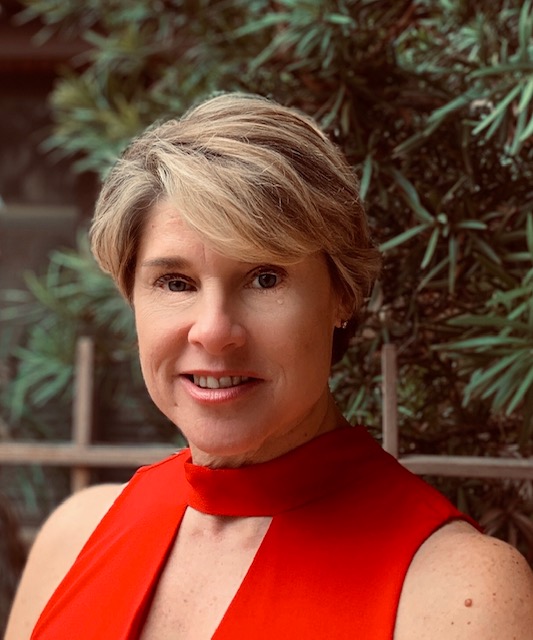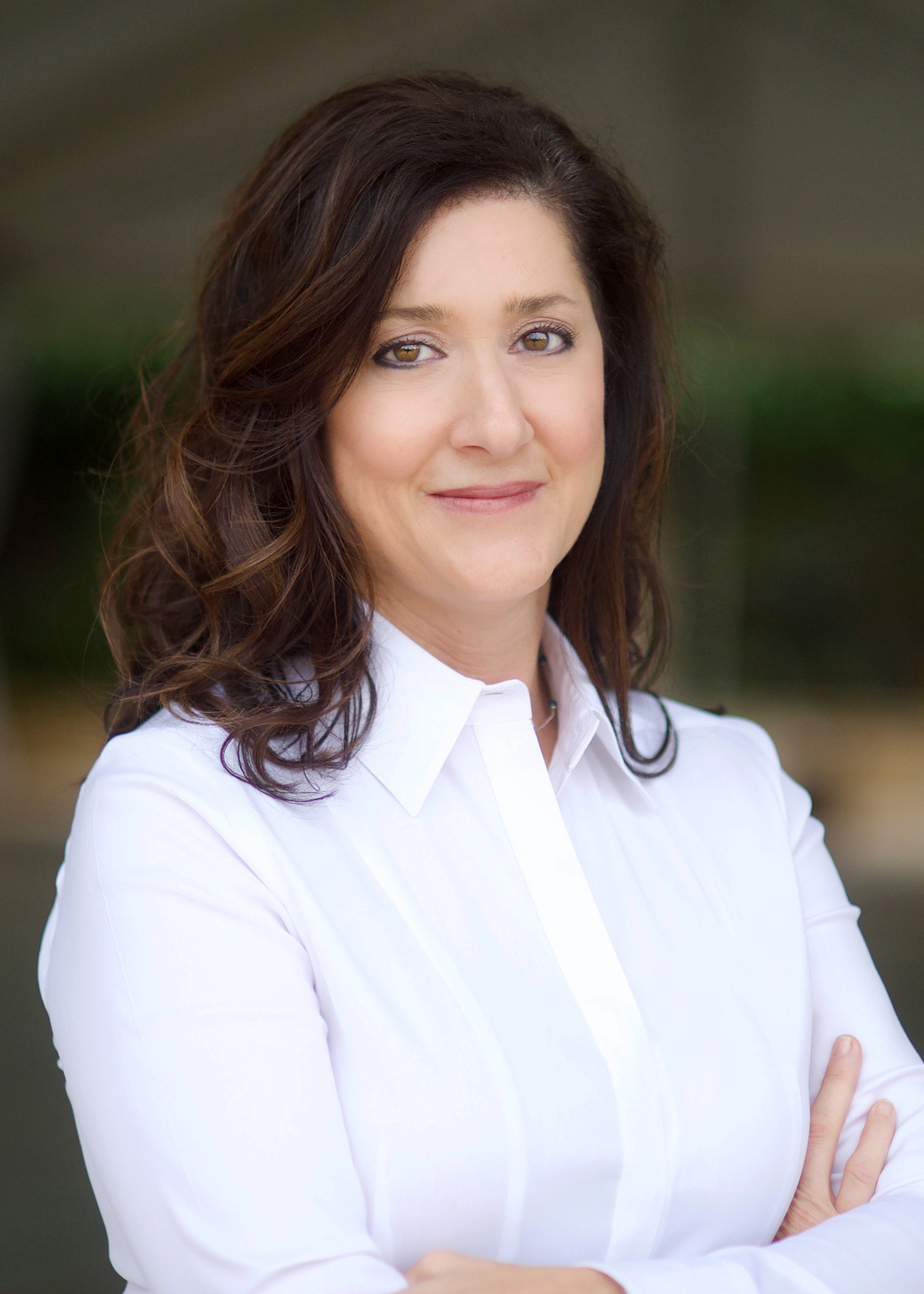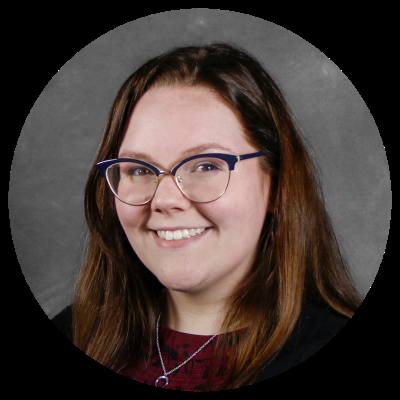
Amelia Floyd
Occupation:
President of Engage & Heal Foundation
Can you describe the organization?
The organization is mental health-based, and it’s a community collective. We are trying to erase the stigma that surrounds mental health and shatter the silence. We have found that most people feel unheard and disconnected, and it’s a difficult space. It’s getting a lot more play, and the topic of conversation is coming more to the forefront, but it’s still a difficult conversation.
How is Engage & Heal working to reduce stigma surrounding mental health?
We’re trying to establish an educational intervention platform by working with Integral Care on a men tal health first aid training as well as some peer-to-peer and parental train ing through the National Alliance on Mental Illness. We’re hoping that we can work with our schools. Whether public or private, we’ve started to make inroads, and we’re hoping that these collaborations … can help us to help people better understand the mindset that mental illness is not just bipolar, schizophrenic, it is also anxiety, depression, substance abuse, alcohol abuse. People are afraid to ask for help, and there are too many families that do not have the access, the means or the resources to get the help that they need.

Kathleen HassenFratz
Occupation:
Engage & Heal Board Member, Licensed Professional Counselor
What are some of the warning signs of mental illness?
Some of the most prevalent ones are going to be people who have pre vious suicidal attempts, preoccupa tion or obsession with death, severe depression, and are actually making u001fnal arrangements. Obviously if someone was cutting or someone is acting out in severely risky behavior, those would be other signs. Those are like what you assume you’re going to see. But what we’re now knowing is that, obviously, kids have great coping mechanisms, especially for looking at teenagers. They are a little bit more dfficult to distinguish whether it’s suicidal ideation, or sim ply adolescent development, because it’s things like change of appearance, change [in] a group of friends, loss of interest in activities that normally brought a level of pleasure, disrup tion of sleep. So much of it looks like [what] your standard teenager can, but you just have to look for length of time. Has this been going on for a couple days or is this several weeks, and now months? Was it a sudden onset? It is complex. But what we feel is, it starts with relationships. And I don’t think anyone can argue with that. Whether it’s a teacher in a classroom, a parent with a kid, you with your next-door neighbor, if we will just stop and actually look people in the eyes and begin to acknowledge people, their existence, that they matter.
In recognizing these behaviors, what can those around an individual do to help?
The first and foremost answer to that is really to be a good listener. And unfortunately you know how challenging that is. Because people hear things, but they don’t necessarily listen. If I say, ‘Oh my God, it’s so hard. There’s so much competition to get into college, and everybody’s going to,’ and the parent goes, ‘Don’t worry about it. When I was a kid, we had the same things.’ And boom, they shut it down. It’s the listening and the probing and the curiosity, and the desire to connect with the kid at that level.






